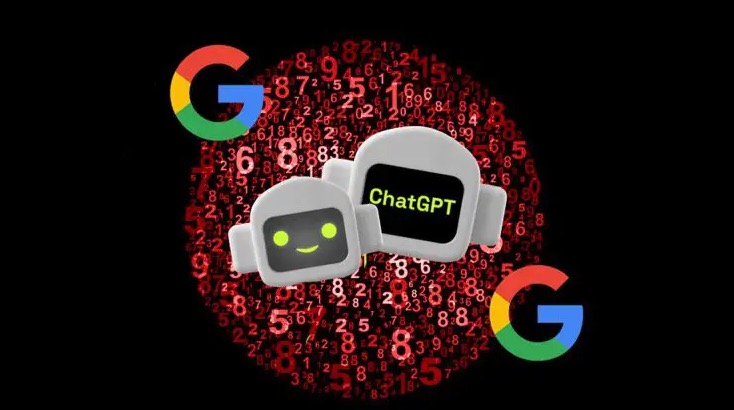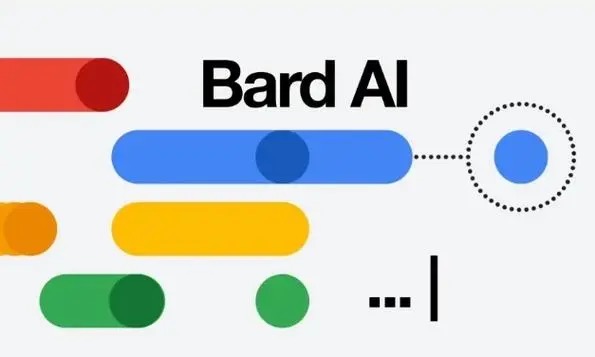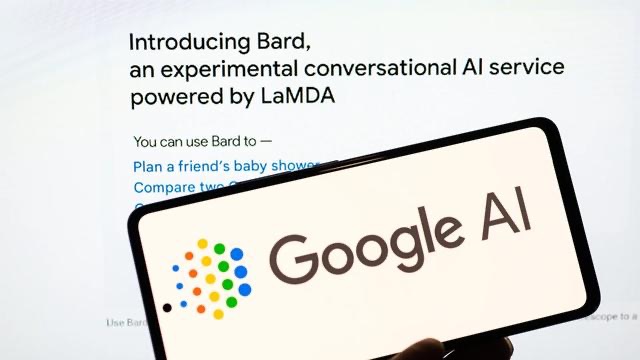Google's rollout of Bard to Europe and Brazil shows that they see these regions as potential markets. This shows the growing demand for AI chatbots in these regions and the importance Google places on this market. The launch of Bard is part of a competition with OpenAI's ChatGPT. Google recognizes the cultural and linguistic differences between regions. To better meet user needs, chatbots need to adapt to local language and cultural characteristics to provide more personalized and customized services. This also reflects Google's emphasis on localization. It shows that Google recognizes the competitiveness of OpenAI in the field of chatbots and tries to maintain a competitive advantage in this field. It also shows that the development of chatbot technology has caused intense competition among large companies.

Bard supports more than 40 languages for communication, including Spanish, Arabic, German, Chinese and more. This enables Bard to meet the needs of users in different languages around the world and provide services to a wider range of users. In contrast, OpenAI's ChatGPT currently supports mainly English, and for non-English speaking users, Bard offers more language options.
New features added: Google says it will add more new features to Bard to catch up with rival Microsoft. These new features include more personalized replies and user-selectable AI tone of voice, with different tone styles ranging from simple to lengthy, brief, professional or casual. This makes Bard's responses more flexible and personalized to better meet user preferences and needs.
Bard has an advantage over OpenAI in terms of multi-language support and the addition of new features. Multi-language support allows Bard to serve a wider range of users globally, while the addition of new features increases Bard's flexibility and personalization. However, the specific advantages and differences need to be further compared and evaluated, as OpenAI's ChatGPT is also constantly evolving and improving.

The competition between OpenAI's GPT and Google's Bard has forced both parties to constantly improve and optimize their chatbot technology. To attract and retain users, both OpenAI and Google are committed to adding new features to their chatbots, providing more personalized and customized responses to meet users' needs. This competition drives both parties to constantly strive to improve the user experience and make chatbots smarter, easier to use and in line with user expectations.
Both OpenAI and Google recognize the multilingual needs of users across the globe and therefore strive to expand their chatbots to more languages. This competition has led both parties to increase the number of supported languages to meet the needs of users in different regions and languages.

Bard's global rollout illustrates the growing user demand for AI chatbots. Chatbots can provide users with a variety of information and services that meet their needs and provide a personalized interaction experience. It also illustrates the quest for more convenient and intelligent interactions.





